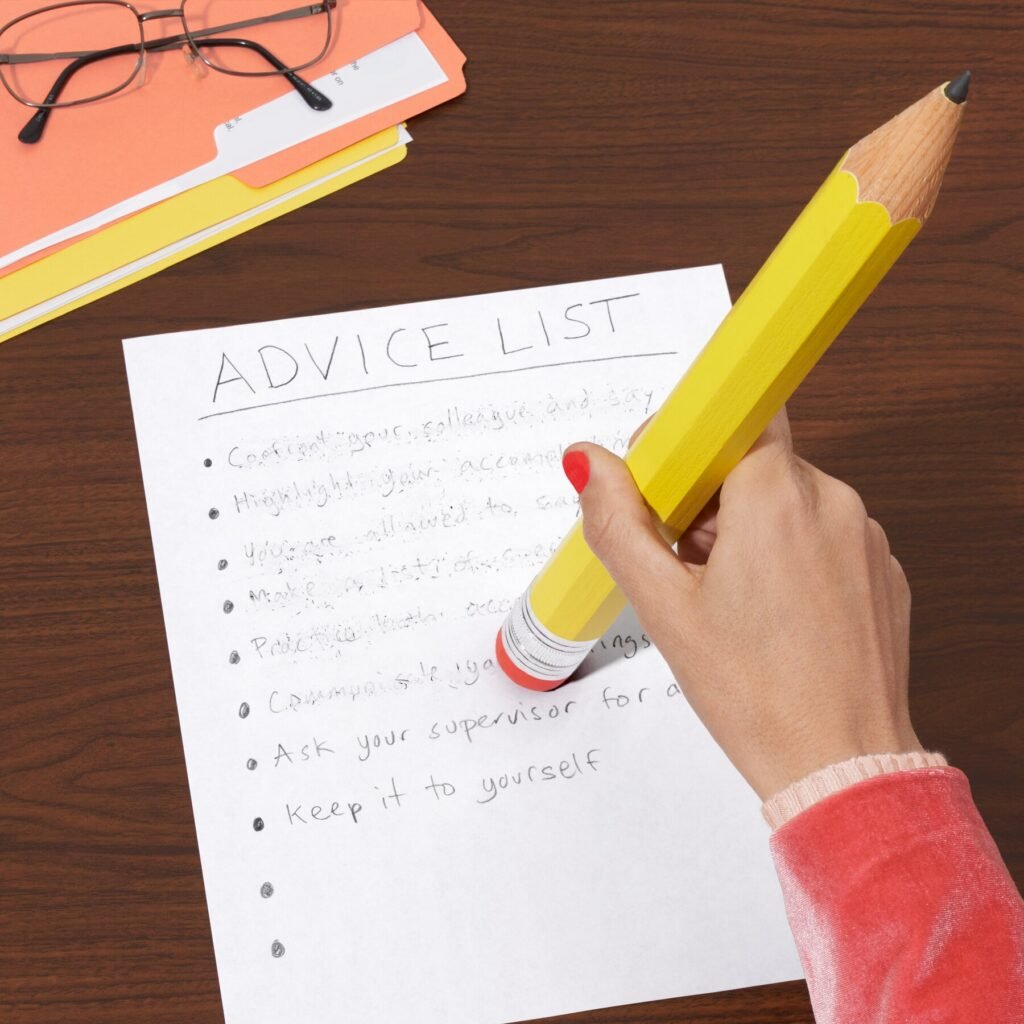Send concerns about the business, money, professions and work-life stability to workfriend@nytimes.com. Involve your name and location, or a request to be anonymous. Papers may be edited. A key to succeeding in any job is getting input, which is also true for my place as the Work Friend journalist for The New York Times, which I have been doing for the past six months. Over that time, I’ve received lots of sharp, important, thought-provoking and sometimes even faintly disrespectful responses, most of which have made me think — and in some cases rethink — my answers to questions that I’d chosen to listen to in this paragraph. I wanted to do something a little different for this 2024 column, and share some of the reader feedback, both positive and negative, not only regarding my responses but also about some of the issues themselves. My very first paragraph, published on July 7th, was the one that caused one of the biggest reactions:” Dropping In Just to State Hi”! ), in which a respondent expressed pain over a friend’s attitude of initiating discussions on Slack with only a “hello” and no follow-up. I even described the process of saying “hi” followed by silence as” creepy” in my response to the letter writer’s emotions. And many users had some insightful thoughts to offer. One of the commentators said,” I have to declare that I found it funny that neither the counsel person nor you thought it was better to simply ask the “hi”-writing coworker to explain the purpose of his hello, rather than just letting it go,” languish” with no reaction. What happened to frequent civility? If anyone says hi, you say hi up! Or you can say,’ Well, how can I assist you?’ Or ‘ Did you have a problem?’ It’s possible that it’s his method of checking to see if you’re active. And he assumes you’re not applicable for talk if you don’t respond. Or maybe HE feels isolated because everyone else rejects his attempts to connect? He doesn’t want to be annoying and maintain pestering persons who don’t reply. But he doesn’t following up. Has someone attempted to answer the question directly? There is no need to be snide, according to another.” Only wanted to point out that when you message someone via Teams or Slack, it is appropriate to say “hi” and wait for a reaction before including your entire request or comment. This is done to make sure the recipient is prepared to receive the message, which may be confidential. They might not want to be interrupted or have another coworker see the message if they are seated with a colleague or attending a meeting. The sender can assume the receiver is busy or unavailable to receive the message if there is no response to “hi.” Just wanted to pass that along.” We are having trouble retrieving the article content. In your browser’s settings, kindly enable JavaScript. Thank you for your patience while we verify access. If you are in Reader mode please exit and log into your Times account, or subscribe for all of The Times. Thank you for your patience while we verify access. Already a subscriber? Log in. Want all of The Times? Subscribe.
We Gave Workplace Advice. Users Shared What They’d Do Rather.

